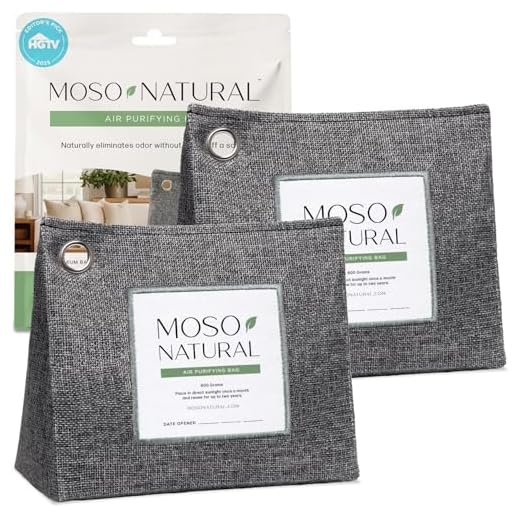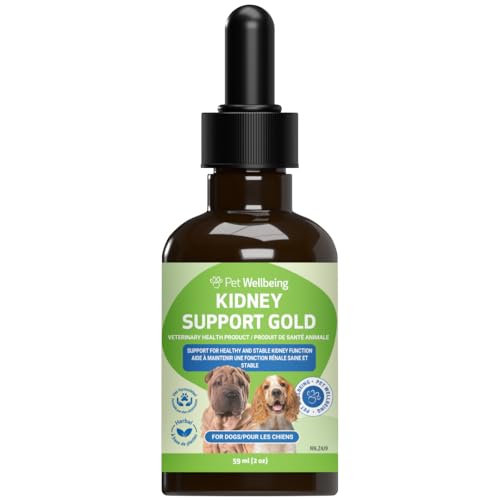




To tackle those stubborn aromas, a mixture of white vinegar and water works wonders. Combine equal parts of both in a spray bottle, and spritz the affected areas. Vinegar neutralises odours effectively, leaving behind a fresh scent without harsh chemicals.
After applying the vinegar solution, sprinkle baking soda over the area. This natural deodoriser absorbs lingering scents. Allow it to sit for at least 15 minutes before vacuuming it up. The combination of vinegar and baking soda creates a powerful duo against unwanted fragrances.
For persistent cases, consider enzymatic cleaners designed specifically for organic waste. These products break down the source of the odour, ensuring complete elimination. Follow the instructions carefully for the best results.
Regular cleaning routines can help maintain freshness. Invest in washable fabrics for your home, and clean surfaces with natural solutions regularly. Keeping your space fresh is easier than it seems with a few simple tricks and routine maintenance.
Identify the Source of the Odour
To tackle unpleasant aromas, pinpointing the origin is crucial. Here are steps to identify where the stench is coming from:
- Check Common Areas: Focus on spaces where your pet frequently relaxes, like their bed or favourite spots on the carpet.
- Inspect Flooring: Look for any hidden messes on hard surfaces. Sometimes, residues can linger beneath furniture or in corners.
- Examine Fabrics: Soft furnishings can absorb scents. Check cushions, curtains, and blankets for any traces.
- Look for Accidents: Be thorough in searching for any overlooked incidents, especially in less visible areas.
- Consider Air Quality: Sometimes, lingering odours can stem from the air itself. Check vents and filters for any build-up.
Utilise Your Senses
Engage your nose. Get down to the pet’s level and sniff around. This can help locate the source more accurately. Pay attention to areas that seem to have a stronger presence of the odour.
Use a Blacklight
A blacklight can be a game changer when hunting for pet-related stains. These special lights reveal residues that are invisible to the naked eye. Scan your floors and fabrics to uncover any hidden spots.
Once you discover the origin of the problem, addressing it becomes significantly easier. This targeted approach saves time and ensures a fresher environment for both you and your furry friend.
Choose the Right Cleaning Products
Opt for enzymatic cleaners specifically designed to neutralise organic waste. These products break down the substances causing the unpleasant aroma, making them far more effective than conventional cleaners. Brands like Nature’s Miracle or Simple Solution have been lifesavers in my experience.
Consider using white vinegar mixed with water as a natural alternative. Its acidic properties help eliminate stubborn odours. A solution of equal parts vinegar and water can be sprayed on affected areas and left to sit for a few minutes before blotting it dry.
Baking soda is another fantastic option. Sprinkle it liberally on carpets or upholstery after cleaning, allowing it to sit for several hours or overnight. It absorbs lingering scents and can be vacuumed away easily.
For hard surfaces, a mixture of hydrogen peroxide and dish soap works wonders. Combine one cup of hydrogen peroxide with a few drops of dish soap, apply it to the area, and scrub gently. This not only cleans but also helps to eliminate persistent odours.
Avoid products containing ammonia, as they can often intensify the scent rather than mask it. Always read labels carefully to ensure the product is safe for your specific cleaning needs.
Lastly, consider an air purifier with a carbon filter. This can help remove lingering particles from the air, contributing to a fresher environment overall.
Apply proper cleaning techniques
To tackle unpleasant odours effectively, use a systematic approach to cleaning. Start by wearing gloves to protect your hands and ensure hygiene. For solid waste, use a paper towel or plastic bag to pick up the bulk, disposing of it securely.
Next, prepare a mixture of warm water and a mild detergent. This solution will help break down residues that may cling to surfaces. Use a soft cloth or sponge to scrub the affected area thoroughly. Make sure to pay attention to corners and crevices where remnants can hide.
After scrubbing, rinse the area with clean water to remove any soap residue. It’s important to blot rather than wipe to avoid spreading the mess further. Once the area is clean, apply a specially formulated enzyme cleaner. This type of product works by breaking down organic materials and neutralising lingering odours. Follow the instructions on the label for best results.
Let the cleaner sit for the recommended time, allowing it to penetrate and tackle the source of the unpleasant scent. Afterward, wipe it away with a clean cloth and let the area air dry. For fabrics or carpets, consider using a wet vacuum to extract moisture effectively.
| Surface Type | Recommended Cleaning Method |
|---|---|
| Hard Floors | Scrub with warm soapy water, rinse, and apply enzyme cleaner. |
| Carpets | Blot, apply enzyme cleaner, and use a wet vacuum to extract. |
| Upholstery | Test a small area, then blot with enzyme cleaner and clean cloth. |
For persistent odours, repeat the cleaning process as necessary. Regular maintenance and prompt attention to any accidents will significantly help in keeping your environment fresh.
Ventilate the Area Effectively
Open windows and doors to create cross-ventilation. Fresh air can significantly reduce lingering odours. If the weather permits, let in as much outside air as possible. Using fans can help circulate the air more efficiently, pushing stale air out while bringing fresh air in.
Consider using an air purifier with a HEPA filter. This can capture and neutralise particles responsible for unpleasant scents. Place it in the affected area for optimal results. Additionally, if you have ceiling fans, turn them on to enhance airflow.
During warmer months, try to ventilate spaces early in the morning or late in the evening when temperatures are cooler, as this can help prevent heat from trapping odours indoors. In colder months, ensure that heating systems are well-maintained to reduce moisture, which can exacerbate unpleasant smells.
Utilise natural deodorisers like baking soda or activated charcoal. These substances can absorb unwanted scents. Place bowls of baking soda in corners or use sachets of activated charcoal strategically throughout the area to maintain a fresher environment.
Regularly check and replace air filters in your heating and cooling systems. Clean filters can significantly improve air quality and prevent the recirculation of odours.
Maintain a Regular Cleaning Schedule
Establishing a consistent routine for cleaning can significantly reduce unpleasant aromas. Aim for a daily inspection and removal of any waste. This simple habit prevents odours from lingering and becoming entrenched. Keeping a calendar or setting reminders on your phone can help ensure you don’t skip this crucial step.
Weekly Deep Cleaning
In addition to daily checks, set aside time each week for a thorough cleaning. This should involve scrubbing surfaces, washing fabrics, and using specialised solutions to eliminate lingering scents. Don’t forget to include areas like carpets, upholstery, and any spots where your pet tends to rest. Rotate your cleaning products to avoid the build-up of resistant odours.
Adjusting Your Routine
Pay attention to changes in your pet’s behaviour or diet, as these can impact the frequency of your cleaning. For instance, if you’ve recently switched to best dry dog food boxer puppy, you might notice different waste characteristics. Adapting your schedule accordingly ensures you’re always on top of cleanliness.
Incorporating these practices into your weekly routine will not only enhance your living environment but also contribute to your pet’s overall health and comfort.







